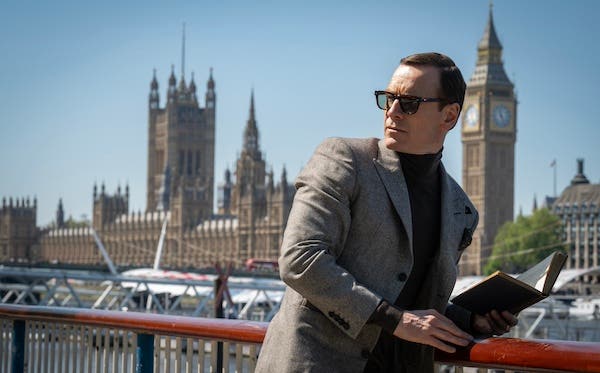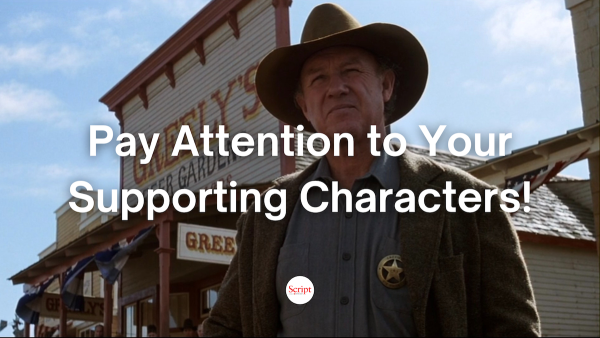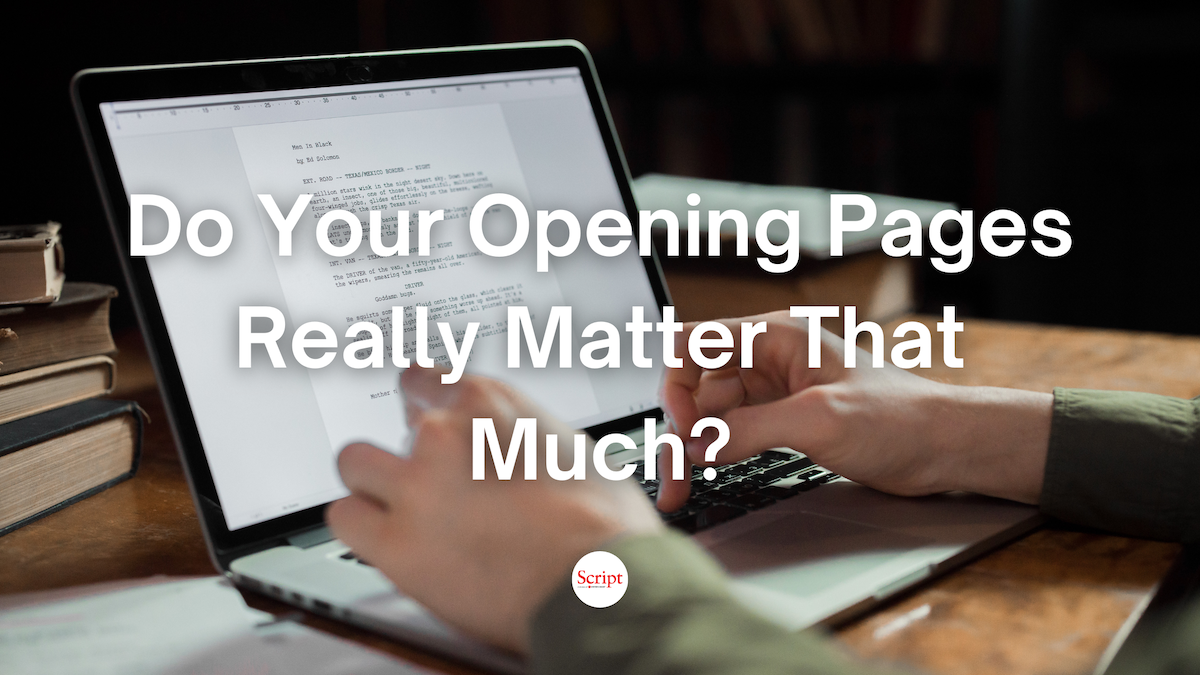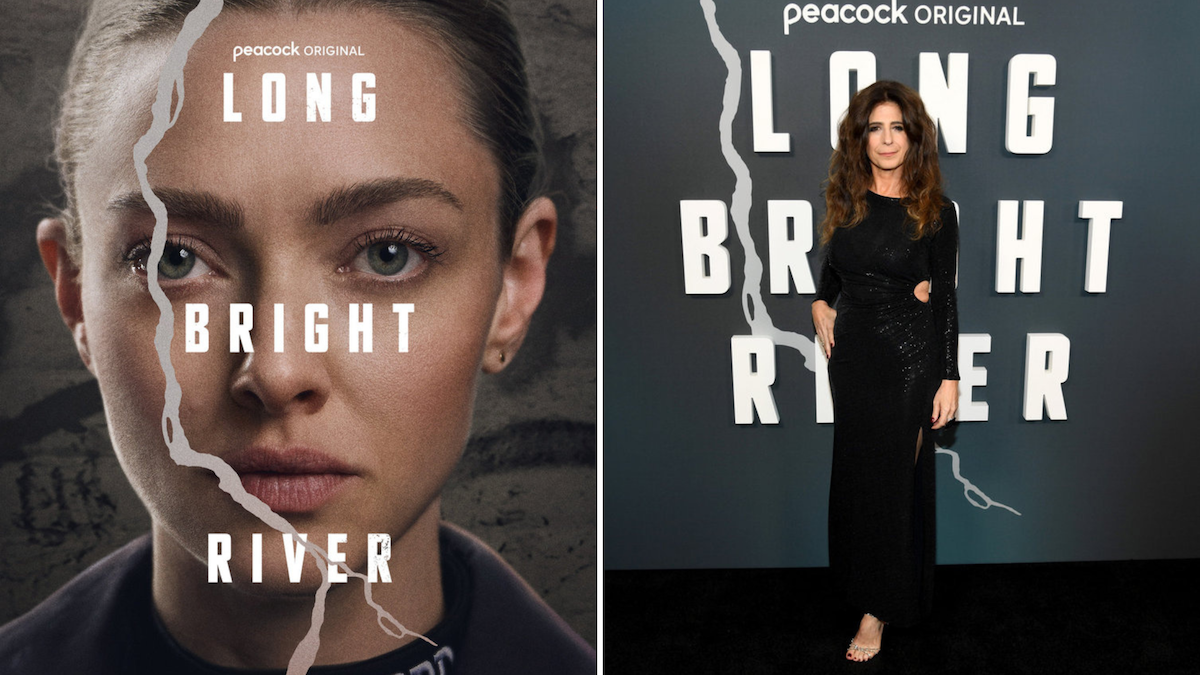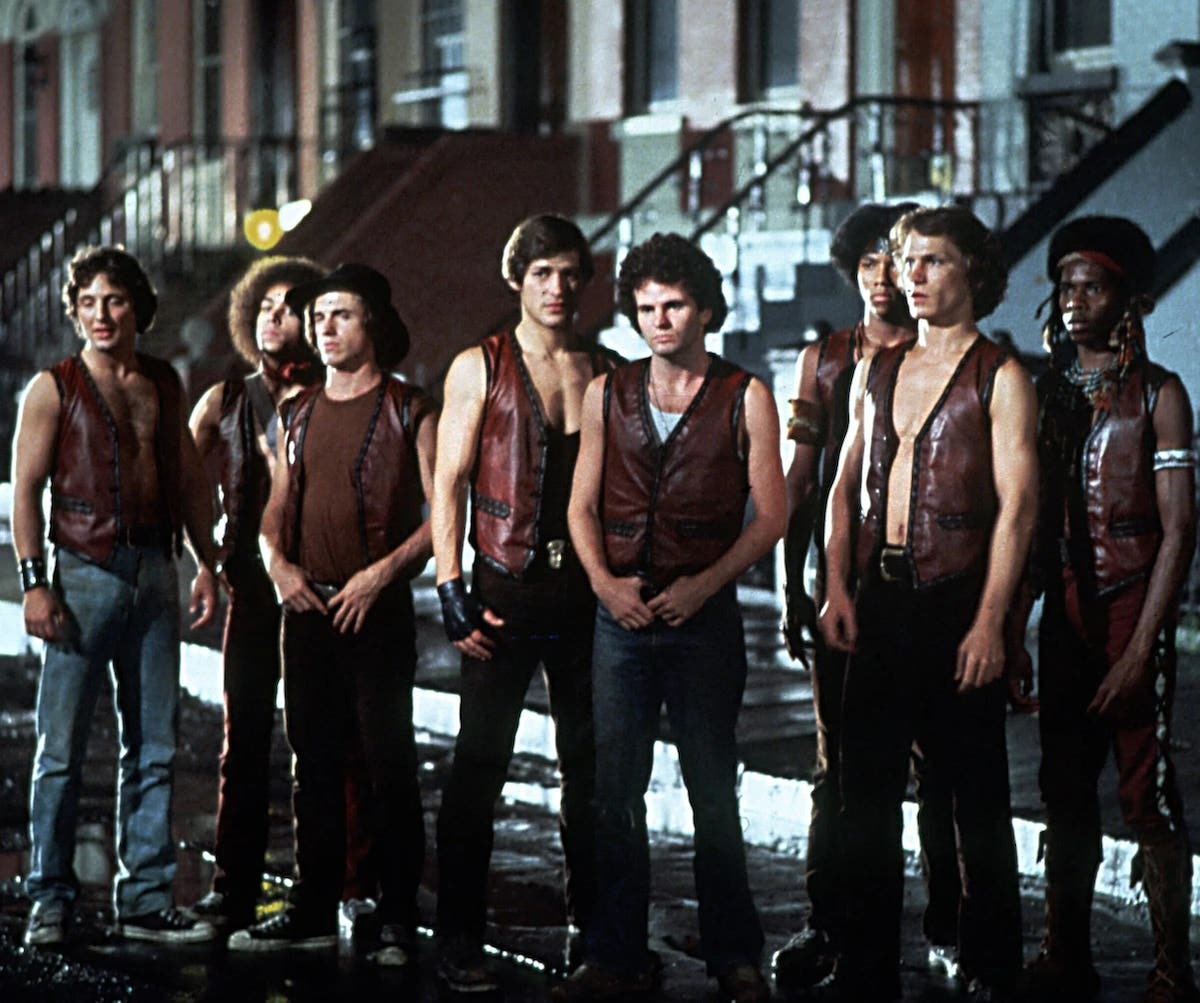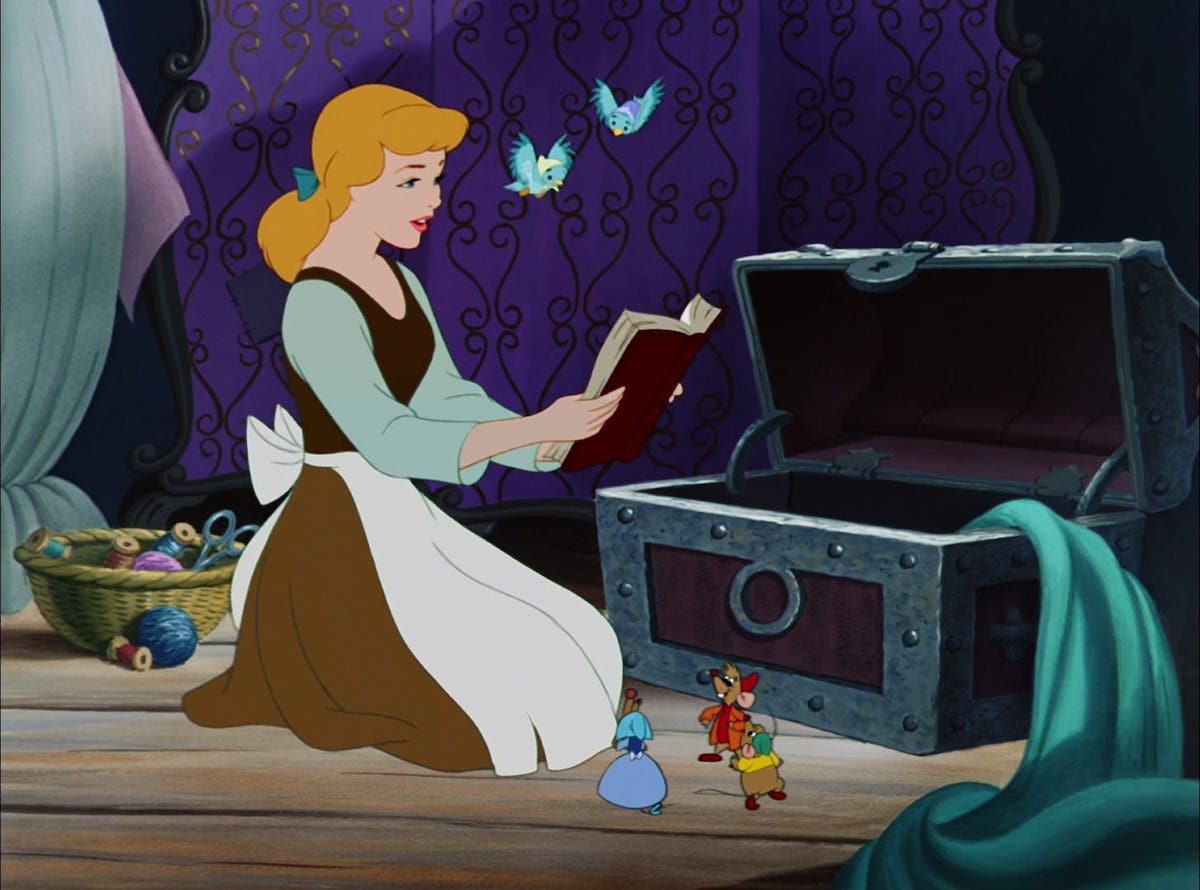Specs & The City: Sequences and ‘Toy Story’ Part 1
Every screenwriter knows about the basic three-act structure of the modern screenplay. It’s the love of our life, and the tormentor that keeps us up at night as we attempt…
Every screenwriter knows about the basic three-act structure of the modern screenplay. It’s the love of our life, and the tormentor that keeps us up at night as we attempt to pour the story we desperately need to tell (you do feel a NEED to tell your story don’t you?) into this mold. Hell, I’ve got 30-60-30 tattooed on my knuckles. But for all the effort writers spend attempting to master it, three-act structure is really just the beginning of your journey as a storyteller. The next stage in a screenwriter’s evolution - that big step in technique that can help elevate your scripts from good to great - is the sequence.
So, we’re going to try something a bit different. Let’s take a look at…
Sequences and ‘Toy Story’ (part 1)
Though the concept has been around for decades, the idea of writing a script as a series of sequences has recently regained popularity through Paul Joseph Gulino’s book Screenwriting: The Sequence Approach (2004). The basic idea is this: just as a screenplay has a beginning, middle, and end (as does every individual scene), a story can be broken down into a series of 8 self-contained sequences (Give or take. Gulino allows for this number to fluctuate if necessary) that also contain a beginning, middle, and end.
Breaking your screenplay down like this has several key benefits. First, it allows you to concentrate on smaller, more manageable sections of your script. With each sequence lasting an average of 10-15 pages, it’s easier to keep everything going on firmly in mind as you write. It also ensures that your story has a constant sense of momentum. You’re basically creating a set of unique and dynamic engines that help drive your story forward, which is easy to do when every 10 minutes or so your characters are completing a goal. This keeps your audience engaged and wanting needing to turn those pages. Finally, when you’re rewriting (which is the majority of what you’ll be doing), sequences are a god-send, allowing you to easily tackle one at a time; honing and tweaking each one independent of the others.
So let’s get down to the nuts and bolts. Here’s a list at the eight sequences (you may have seen them in other places with different names), and how they fit into the standard three-act structure that we all know and love.
ACT I
Sequence One: Status Quo & Inciting Incident
Sequence Two: Predicament and Lock In
ACT II
Sequence Three: First Obstacle & Raising the Stakes
Sequence Four: First Culmination/Midpoint
Sequence Five: Subplot & Rising Action
Sequence Six: Main Culmination/End of Act II
ACT III
Sequence Seven: New Tension & Twist
Sequence Eight: Resolution
Over the next four weeks, I’ll be digger deeper into two sequences at a time, and utilizing Toy Story, an almost perfect implementation of sequencing, to illustrate exactly how they each function within the story as a whole.
I hope you’ll come back each week to join in the fun. And feel free to chime in with a comment below. I’ll try to make sure that I address your questions as we go through all of the information in the weeks to come.
Now, rest easy knowing that you’ve got a friend in me, and keep writing!
Related Articles:
- More Specs & The City articles from Brad Johnson
- Screenwriting the Dan O’Bannon WayStructure and Breaking In: An Interview with Syd Field
- Why You Should Write a Short Film Screenplay
- Balls of Steel Goes Into the Writing Room and Behind the Lines with DR
Tools to Help:
- Books and Classes by Jen Grisanti at The Writers Store
- Screenwriting books by Syd FieldDan O’Bannon’s Guide to Screenplay Structure: Inside Tips from the Writer of Alien, Total Recall & Return of the Living Dead
- The Essential Elements of Screenplay Structure: Get Your Story Straight On Demand Webinar by screenwriter of What Women Want, Diane Drake
Brad Johnson is a screenwriter and producer who has placed in multiple competitions including Final Draft Big Break and the Walt Disney Television Writing Program. He has served as a judge for the Nashville Film Festival and the NYC Midnight Short Screenplay Challenge, and worked as a script consultant through his website, ReadWatchWrite.com. You can follow Brad on Twitter @RWWFilm.
